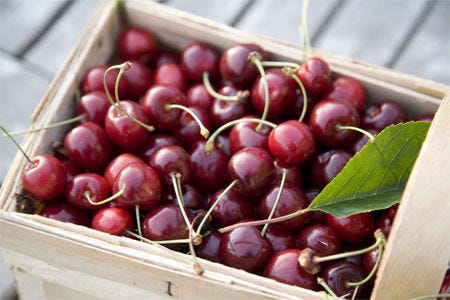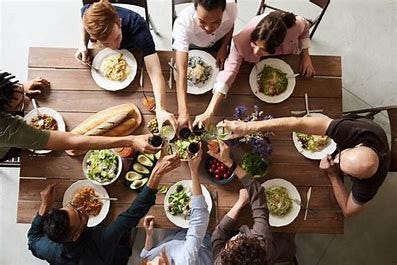Did you know that there is such a thing as ‘the history of food’? But which foods are new? Which have been around for centuries? And what can they tell us about the people who ate it?
When we discover that a Roman legionary stationed on Hadrian’s Wall could have tucked into a burger from a street vendor, or that a Viking could have enjoyed a bowl of lentil soup before setting out on a voyage to the unknown, we have a tangible link to the past. This helps us to recognise the cultural links to our own histories.
Food is an essential part of everyday life, and it goes beyond mere survival. It is an important cultural glue. Cultures with strong food traditions are stronger cultures. The anglosphere does have such a strong gastronomic identity; we often fall into the trap of being ashamed of our own food and culture and we think that everything else is exotic and interesting.
This is absolutely not to say that we shouldn’t enjoy the good things from other cultures (I am not giving up pasta anytime soon!), but we need to make sure that we also enjoy and celebrate our own foods and cultural traditions.
Sometimes, I find that food traditions from my own culture can seem so ordinary that they are barely worth a mention. And yet we would notice fast enough if they were to disappear. Take, for example, the ubiquitous pie that you can find anywhere in New Zealand or the BBQ as simply another method of cooking rather than an Event like in other cultures. Think of the abundance of fresh, seasonal fruit which is locally grown. These are things we take for granted but are all part of our food culture.
The best recipes that we enjoy from other cultures are often the simple, ‘peasant’ foods that have been passed down from generation to generation and not the fancy cuisine of the wealthy elites. We still enjoy dishes that have a lot in common with Roman street food, but I don’t know anyone who has indulged in roasted peacock recently.
Another of the ways in which food acts as a cultural glue is that it brings people together. It can bridge the gap between generations and strengthen interpersonal bonds. We feel more connected to people when we have ‘broken bread’ with them. This can be anything from a simple coffee to a formal dinner party. Making and sharing food is one of the most basic and uniting of human activities throughout history.
There is a reason that our most important cultural traditions (Christmas, Easter, weddings, birthdays), all involve strong food traditions. We like to prepare lavish meals and the festivities revolve around eating times. Even more sombre occasions such as a funeral involve a reception where food is served and an important part of the grieving process occurs.
It is interesting to track how foods and recipes have travelled and been adopted by other cultures. Sometimes so completely that the origin is all but forgotten. I recently read an article comparing Cornish pasties and empanadas. As usual, the anglo-heritage food was dismissed and there were many quotes from Argentinian ex-pats in the UK lauding the superiority of their national cuisine. But something the journalist and the ex-pats seemed to have forgotten is that areas of Argentina were settled by Cornish miners who took their traditional, easy-to-eat-with-one-hand-while-down-a-mine lunch item with them: the pasty.
Thinking about food as part of our culture and our cultural identity has prompted me to dust off some of the recipes that my grandmothers made, to think about what I am passing on to my children. Time spent together in the kitchen, kneading bread dough, chopping veggies for a soup or making a Marie Rose sauce for a prawn cocktail, is time spent paying into our culture. I’d call that time well spent.
-C







